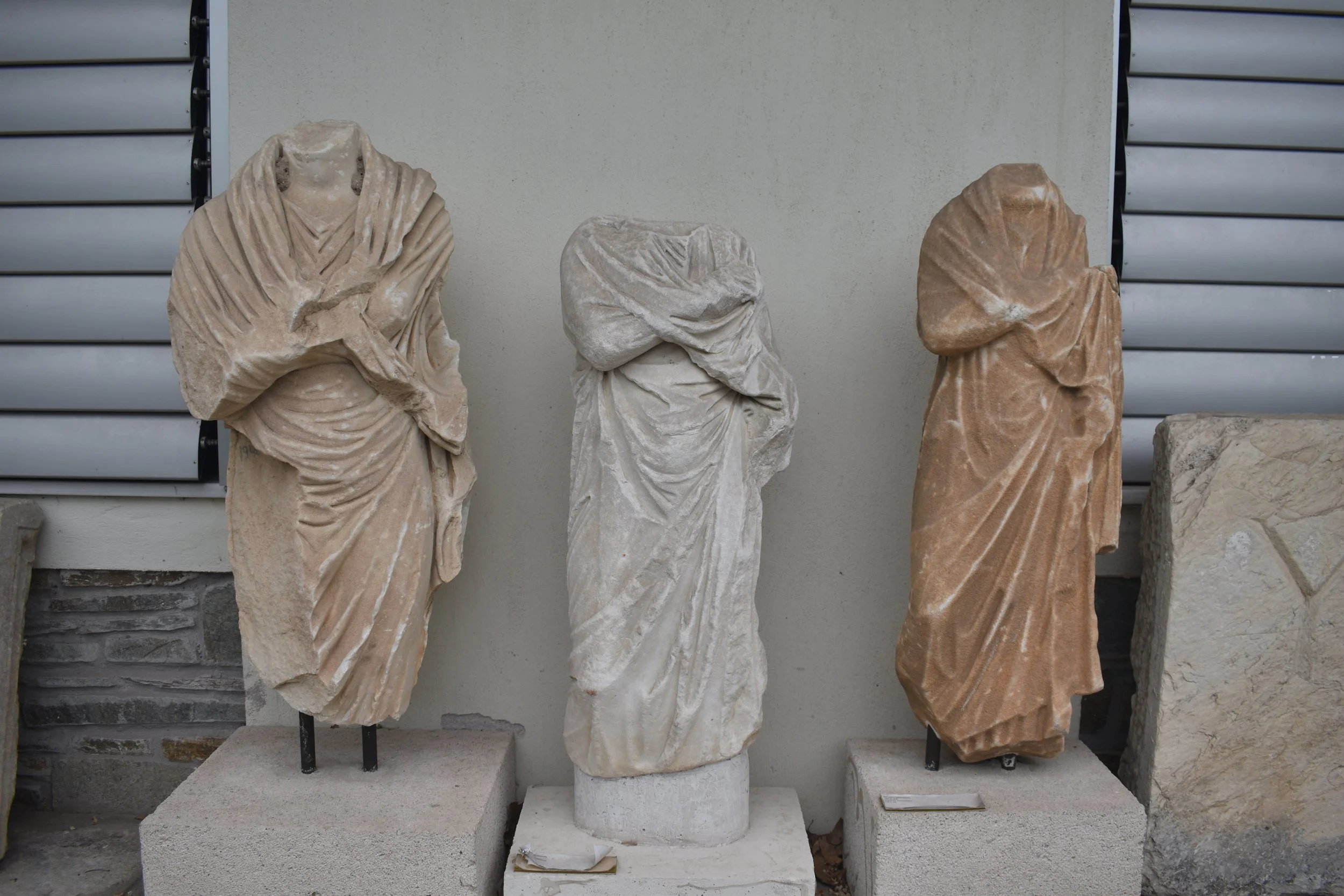Portraits Behaving Badly: The Agency of Images in Roman Greece
Portrait statues were everywhere in the ancient Greek world: temples, marketplaces, homes, cemeteries. But ancient viewers did not always expect them to sit quietly on their bases. In Pausanias’ Description of Greece (6.11.8-9; Fig. 1), the inhabitants of Thasos set up a bronze portrait statue of a man named Theagenes to honor his victory at the Olympic games. After his death, Theagenes’ neighbor, bitter about a loss in a boxing match, came every night to the statue to flog the statue as if it were Theagenes. One night, the statue fell over, crushing the neighbor to death. The rival’s sons prosecuted the statue for murder, and the Thasians convicted the portrait and dumped it into the sea. Soon after, Thasos was struck with a famine, and the city sent ambassadors to the oracle at Delphi to beg for an end their plight. The oracle told them to bring back Theagenes. The city’s fishermen dragged the portrait out of the sea, the citizens began to worship the statue like one of a god, and the crops returned.
Though Pausanias presents it as fantastical, Theagenes’ story reveals some of the many things that an ancient portrait statue could do that exceed previous assumptions. My project, The Agency of Portraiture in Roman Greece, is the first monograph to take portrait statues seriously as active cultural agents. Preliminary research suggests that portraits in Pausanias’ time did new work, from allowing people to worship recent ancestors to rewriting the history of Roman conquest. Scholars have studied how portraits respond to culture and history, communicate identity, and occupy space. But portraits actively participated in ancient society, creating and maintaining social and religious communities; this participatory aspect remains under-explored. I suggest that Roman period Greek portraits did more work than their predecessors. Religious contexts allowed for new, flexible meanings that blurred the genre’s boundaries. Dedicators became aware that portraits could reshape histories and came to intervene in these narratives themselves through rededication, recarving, and reorganization.
Monograph in Progress
